How do you lower a game’s GPU usage?
Are your games lagging or causing your computer to overheat? Don’t worry! We’ll show you how to lower a game’s GPU usage for smoother gameplay and better performance. Whether you’re a casual gamer or a hardcore enthusiast, these simple tips will help you optimize your gaming experience. Let’s dive in!
Optimizing Game Settings
When it comes to lowering a game’s GPU usage, one of the most effective ways is to optimize the in-game graphics settings. By adjusting these settings, you can find the perfect balance between visual quality and performance, ensuring a smooth gaming experience.
Let’s dive into the step-by-step guide to optimizing game settings for lower GPU usage:
Adjusting Resolution
Start by adjusting the game’s resolution. Lower resolutions require less GPU power, so consider reducing it without sacrificing too much visual clarity. Experiment with different resolutions to find the sweet spot that works for you.
Tweak Anti-Aliasing
Anti-aliasing smooths out jagged edges in games, but it can also put a significant load on your GPU. Look for options like FXAA or SMAA, which provide decent visual improvement with minimal impact on GPU usage. Consider disabling or lowering more demanding anti-aliasing methods like MSAA or SSAA.
Texture Quality
Texture quality affects the level of detail in the game’s textures. While higher-quality textures enhance visual fidelity, they also demand more GPU power. Adjust the texture quality settings to a level that provides an acceptable balance between aesthetics and GPU usage.
Shadow Effects
Realistic shadows can greatly enhance the immersion in games, but they can be GPU-intensive. Experiment with shadow quality settings, such as reducing the resolution or distance of shadows, or even disabling them altogether if necessary.
Finding the Right Balance
It’s essential to find the right balance between visual quality and performance. Each game and system configuration is unique, so take the time to test different settings and monitor your GPU usage. Aim for a smooth and enjoyable gaming experience while keeping the GPU usage at a reasonable level.
Updating Graphics Drivers
Keeping your graphics drivers up to date is crucial for ensuring optimal performance in games. In this section, we’ll explore the importance of updating graphics drivers, provide instructions on how to identify and update outdated drivers and discuss the benefits of driver updates in terms of GPU usage optimization.
Importance of Driver Updates
Regularly updating your graphics drivers is essential because they act as a bridge between your operating system and the GPU. Driver updates often include bug fixes, performance improvements, and compatibility enhancements for the latest games.
By keeping your drivers up to date, you can ensure that your GPU is running efficiently and taking advantage of the latest optimizations.
Identifying Outdated Drivers
To identify outdated drivers, you can visit the official website of your GPU manufacturer. NVIDIA and AMD both offer driver update utilities that can automatically scan your system and notify you of any available updates.
Updating Graphics Drivers
Updating your graphics drivers is a straightforward process. Visit the manufacturer’s website, locate the appropriate driver for your GPU model and operating system, and download the latest version.
Follow the installation instructions provided by the manufacturer to complete the update. It’s recommended to uninstall the old driver before installing the new one to ensure a clean installation.
Benefits of Driver Updates
Driver updates can significantly impact GPU usage optimization. They often include performance optimizations specifically tailored for certain games, which can result in smoother gameplay and reduced GPU usage.
Additionally, driver updates may address compatibility issues, fix graphical glitches, and enhance overall stability, contributing to a better gaming experience.
Monitoring and Troubleshooting
Monitoring your GPU’s performance and troubleshooting any issues that arise is crucial for maintaining an optimal gaming experience. We’ll introduce you to GPU monitoring software, provide tips for identifying potential issues that cause high GPU usage, and share troubleshooting steps to resolve GPU-related performance problems.
Introduction to GPU Monitoring Software
GPU monitoring software allows you to track your GPU’s performance in real-time. These tools provide valuable information such as temperature, usage percentage, clock speed, and fan speed. Popular monitoring software includes MSI Afterburner, GPU-Z, and HWMonitor.
By keeping an eye on these metrics, you can identify any anomalies or potential performance bottlenecks.
Identifying Potential Issues
High GPU usage can be caused by various factors, including background processes, outdated drivers, or even malware. If you notice unusually high GPU usage during gameplay, it’s essential to investigate the root cause. Check for any unnecessary background processes or applications that could be consuming GPU resources.
Troubleshooting Steps
If you’re experiencing GPU-related performance problems, here are some troubleshooting steps you can follow:
- Update your graphics drivers: Outdated drivers can often lead to performance issues. Visit the manufacturer’s website and download the latest drivers for your GPU.
- Optimize in-game settings: Adjust the graphics settings in your games to find the right balance between performance and visual quality.
- Close unnecessary background processes: Close any unnecessary applications running in the background that may be hogging GPU resources.
- Check for overheating: Ensure that your GPU is not overheating by monitoring its temperature. Clean any dust from your system and ensure proper airflow.
- Scan for malware: Run a reputable antivirus or anti-malware software to check for any malicious programs that may be affecting your GPU’s performance.
Frequently Asked Questions
Q: Why is my game’s GPU usage so high?
High GPU usage in games can be caused by various factors, such as demanding graphics settings, inefficient optimization, or outdated drivers. It’s important to ensure that your system meets the game’s recommended requirements and that your drivers are up to date.
Q: Can I lower a game’s GPU usage without compromising graphics quality?
Yes, you can optimize your game’s GPU usage without sacrificing graphics quality. By adjusting graphics settings like resolution, anti-aliasing, and texture quality, you can find a balance between performance and visuals that suit your preferences.
Q: Should I close other programs while gaming to reduce GPU usage?
Closing unnecessary background programs can help reduce GPU usage and improve performance. Applications running in the background, especially resource-intensive ones, can consume GPU resources and impact gaming performance.
Q: How can I optimize my game’s GPU usage on a laptop?
To optimize GPU usage on a laptop, you can try adjusting power settings to prioritize performance, ensuring the laptop is plugged in for maximum power, closing unnecessary applications, and using a cooling pad to prevent overheating.
Q: Do driver updates help lower GPU usage in games?
Yes, updating your graphics drivers can often improve GPU usage in games. Driver updates frequently include performance optimizations and bug fixes that can enhance GPU efficiency and reduce unnecessary usage.
Conclusion
Optimizing a game’s GPU usage is essential for a smoother gaming experience. By adjusting graphics settings, closing unnecessary programs, updating drivers, and ensuring proper cooling, you can strike a balance between performance and visuals.
Remember, finding the sweet spot will allow you to enjoy your favorite games without straining your GPU.
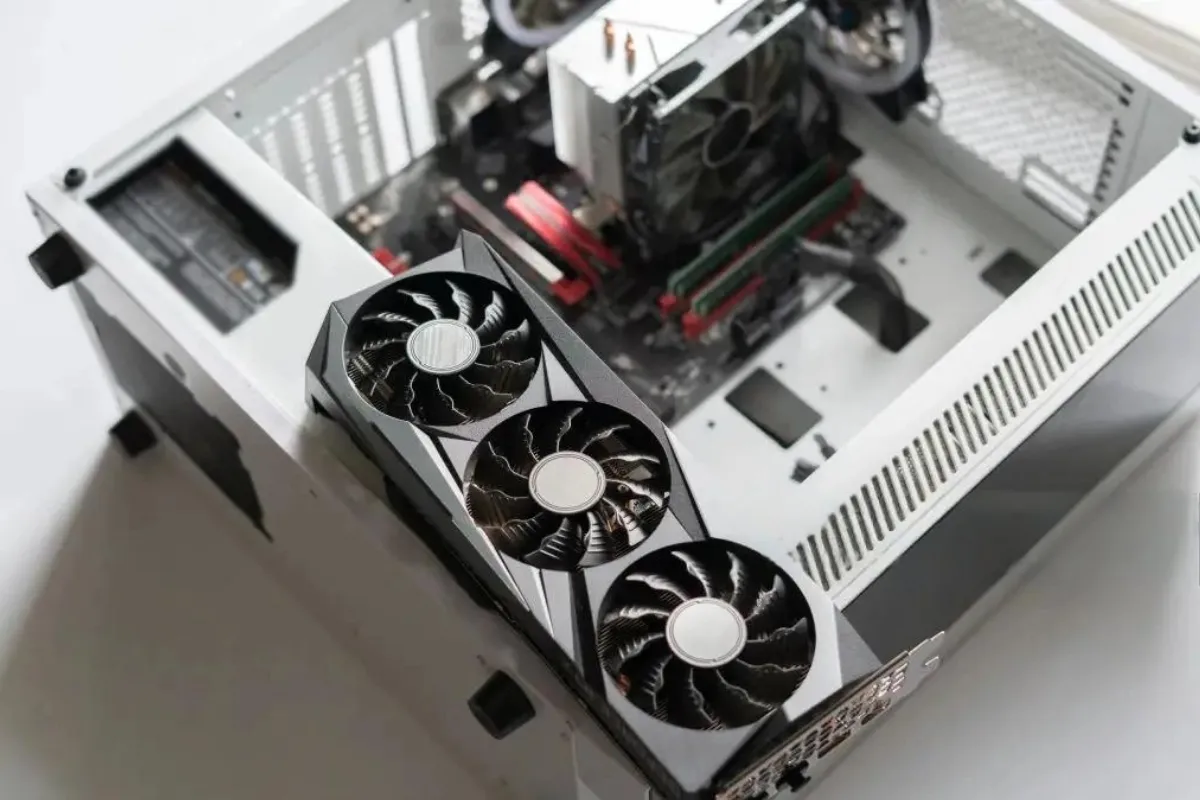
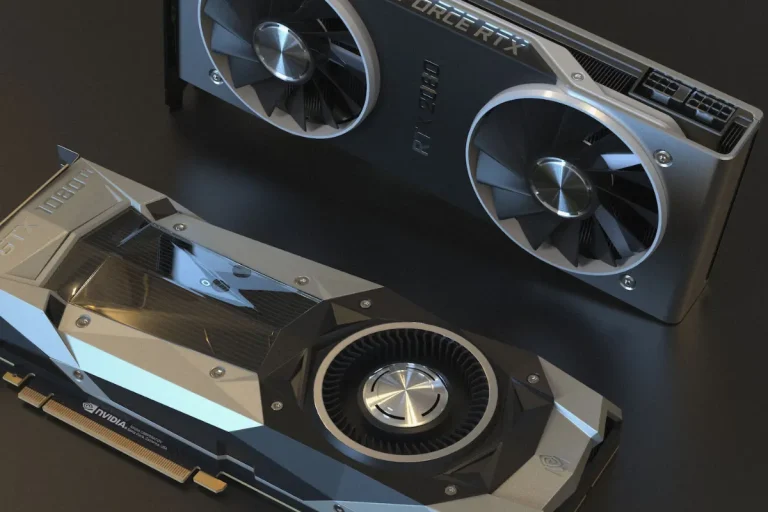
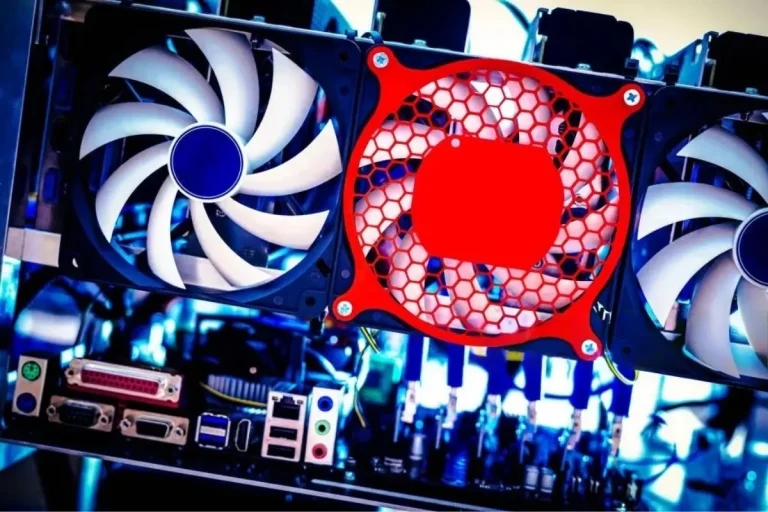
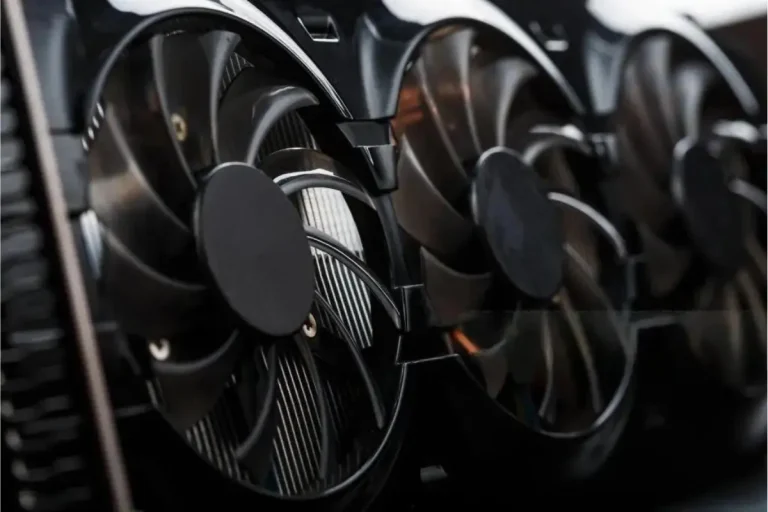
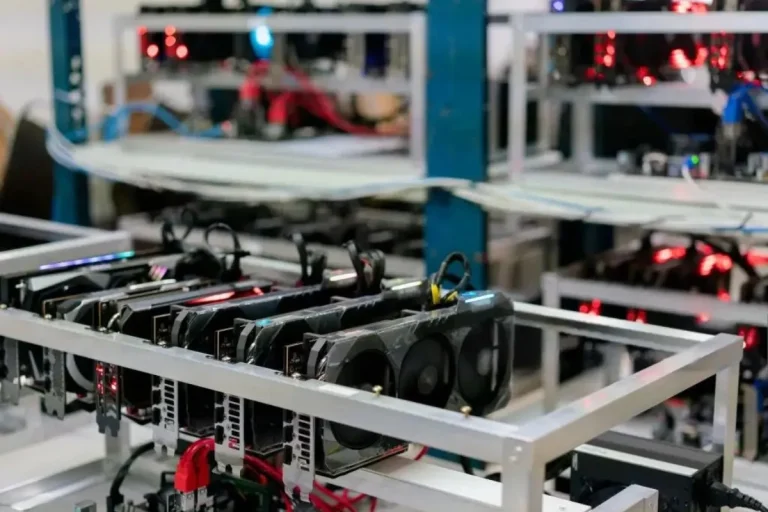

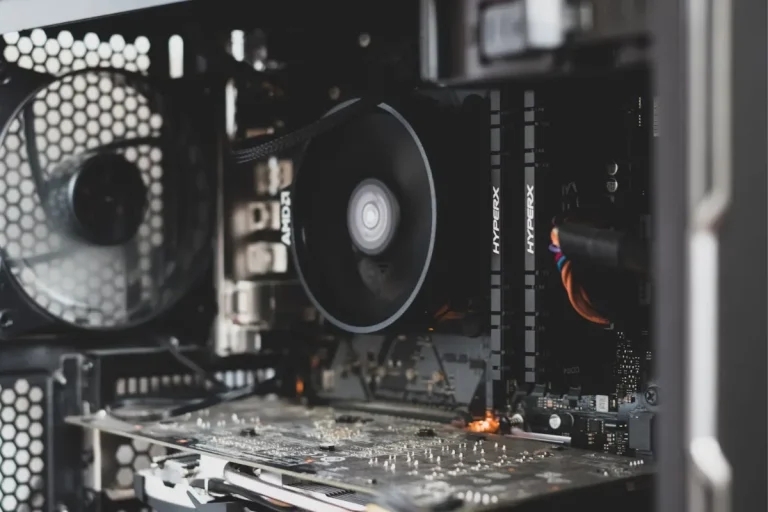
price of sildenafil 50 mg